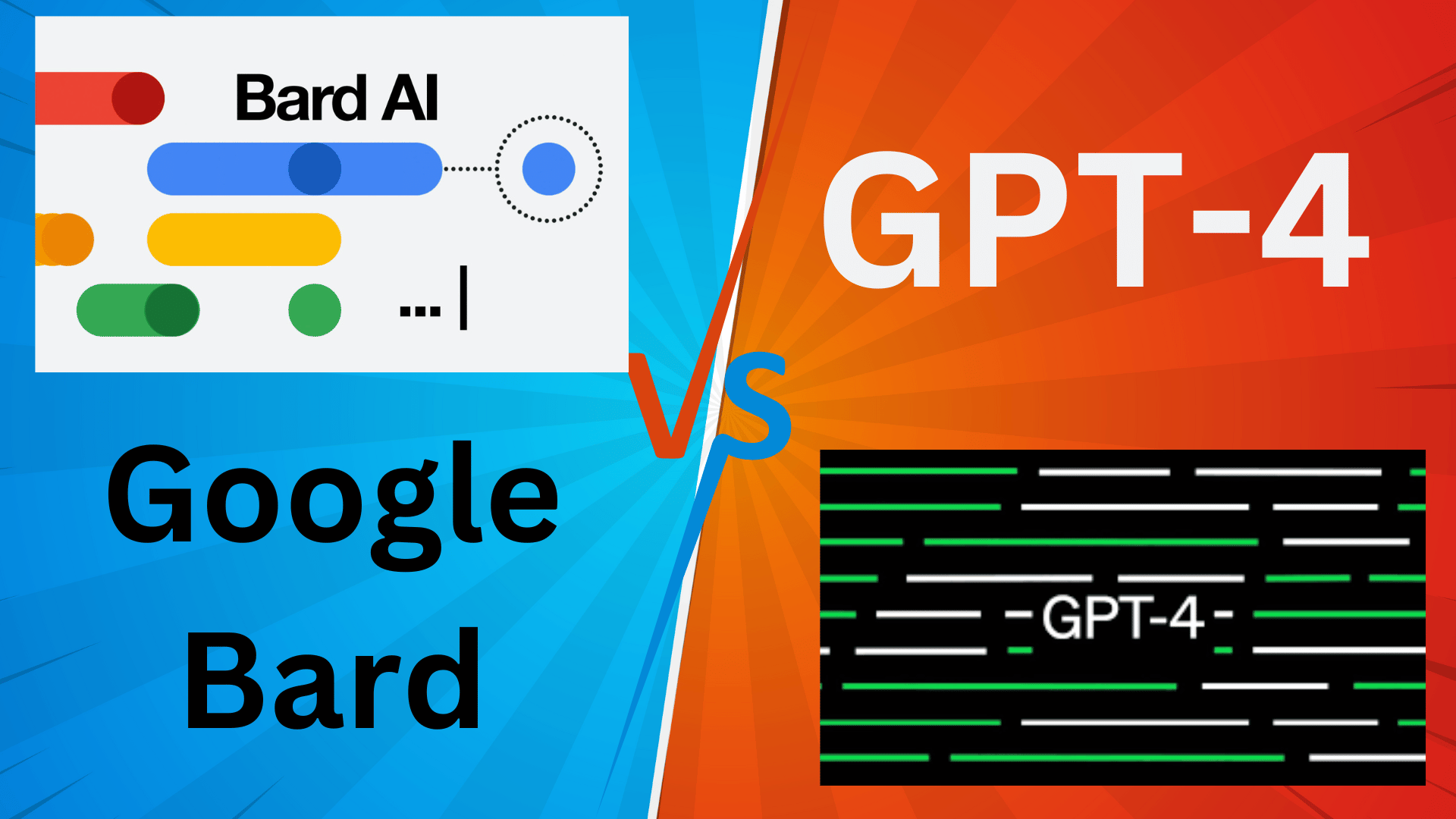Introduction to Google Bard AI
Google’s “Bard” AI is an artificial intelligence language model that is designed to generate poetry and other types of creative writing. The name “Bard” is a reference to the historical poets of Scotland and Ireland, who were respected as skilled storytellers and performers.
Bard is based on the same technology as Google’s popular language model, GPT-3, which uses machine learning algorithms to analyze and generate text. However, Bard is specifically trained on a large dataset of poetry and other creative writing, which allows it to produce more sophisticated and nuanced language than GPT-3.
Bard is capable of generating a wide range of poetic forms and styles, including sonnets, haikus, free verse, and more. It can also be programmed to generate poetry on specific themes or topics, such as love, nature, or social justice.
While Bard is still in development and has not yet been released to the public, it holds promise as a tool for poets, writers, and other creative professionals who are looking for new ways to generate ideas and inspiration.
How to get Access to Google Bard AI
Currently, Google Bard AI is not publicly available. It is still in the research and development phase, and it is unclear when or if it will be released to the general public. You can join the waitlist if you are in the eligible zone for Google bard Ai
However, there are some alternative language models and AI tools that you can use to generate poetry and other types of creative writing. One such tool is OpenAI’s GPT-3, which is available to select developers and organizations through an API. Other similar tools include Hugging Face’s Transformers and AllenNLP.
Keep in mind that these language models are highly advanced and require technical expertise to use effectively. Additionally, there may be ethical considerations to take into account when using AI-generated content, such as the potential for bias and the need to credit sources appropriately.
If you are interested in experimenting with AI-generated poetry or creative writing, it is important to do your research and consider the potential implications carefully. You may also want to consult with experts in the field of AI and language generation for guidance and advice.
Google Bard Vs GPT – 4
As of March 2023, Google Bard AI is not yet publicly available, and no details have been released about its capabilities or performance. Therefore, it is not possible to make a direct comparison between Google Bard AI and GPT-4, as GPT-4 has not yet been released either.
However, we can make some general comparisons between GPT-3, the predecessor to GPT-4, and what we know about Google Bard AI based on the limited information that has been released.
Language Models
Both GPT-3 and Google Bard AI are advanced language models that use machine learning algorithms to analyze and generate text. However, while GPT-3 is a general-purpose language model that can be used for a wide range of applications, Google Bard AI is specifically designed for poetry and other types of creative writing.
Training Data
Both GPT-3 and Google Bard AI are trained on large datasets of text, but the datasets are different. GPT-3 is trained on a diverse range of text from the internet, while Google Bard AI is specifically trained on a large dataset of poetry and creative writing.
Performance
Based on the limited information available, Google Bard AI is expected to produce more sophisticated and nuanced language in the context of poetry and creative writing than GPT-3. However, it remains to be seen how well Google Bard AI will perform compared to GPT-4, as well as other language models that are currently being developed.
While it is not possible to make a direct comparison between Google Bard AI and GPT-4 at this time, both language models have the potential to advance the field of natural language generation and open up new possibilities for creative expression and communication. As AI technology continues to evolve, we can expect to see even more advanced language models and applications in the future.


